EXPLORE
9 Most Mysterious Creatures Living In The Ocean
Published
5 months agoon
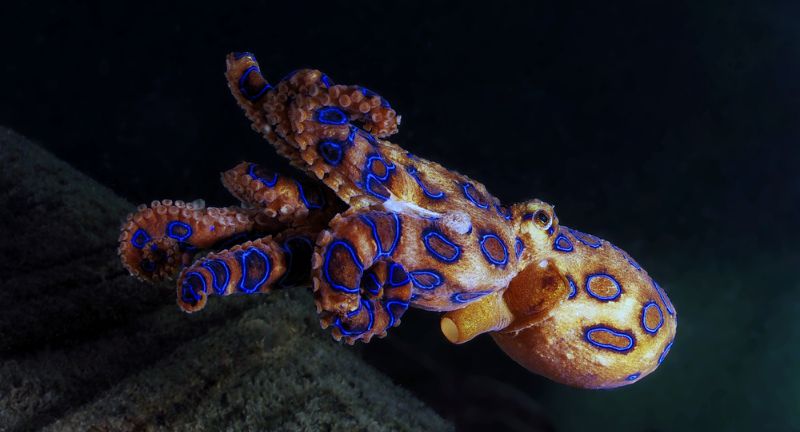
Shutterstock
The ocean holds many mysteries waiting to be uncovered, with creatures dwelling in its depths that captivate the imagination. From the deep, dark trenches to the shimmering shallows, a world of wonder awaits exploration, inhabited by some truly extraordinary beings. These fascinating creatures have adapted over time to survive in the ocean’s most extreme conditions, each one a unique marvel of nature. Imagine encountering the elusive goblin shark, with its haunting appearance, or the enchanting leafy sea dragon gracefully gliding through the water. Join us on an adventure as we delve into the depths and discover 27 of the ocean’s most intriguing inhabitants.
Barreleye Fish
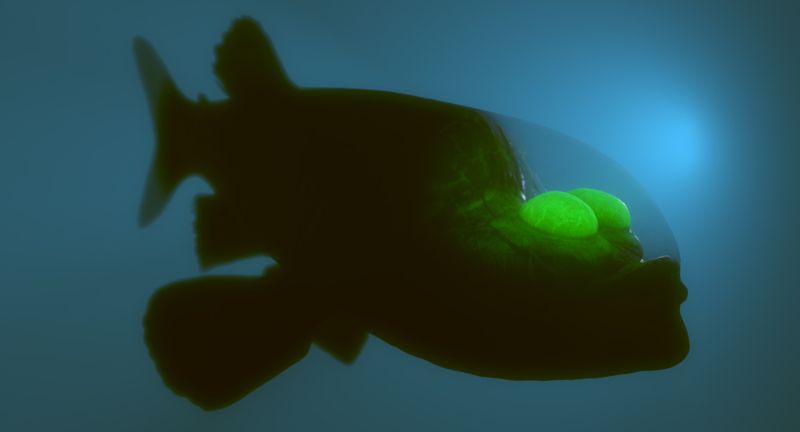
Shutterstock
Known for its transparent head filled with fluid, the barreleye fish has tubular eyes that can rotate within its transparent dome. These unique eyes allow it to look upward through its transparent head to spot prey or potential mates. It inhabits the deep ocean, where it navigates using its sensitive eyes and bioluminescent organs.
Frilled Shark
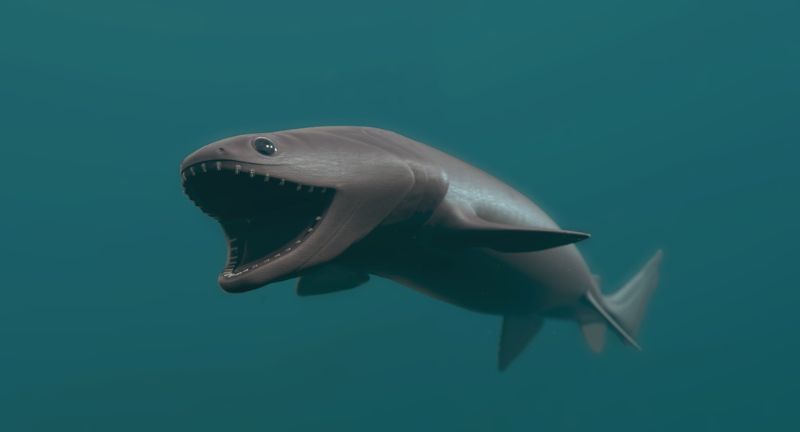
Shutterstock
This primitive-looking shark has a snake-like body with frilly gills, and its mouth is filled with needle-like teeth. It is often referred to as a “living fossil” due to its resemblance to prehistoric sharks. The frilled shark is rarely encountered by humans, as it inhabits deep-sea environments around the world.
Blobfish
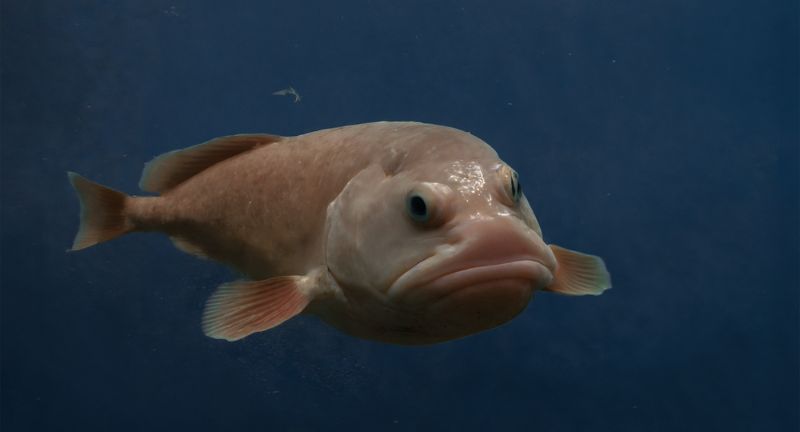
Shutterstock
With its gelatinous appearance, the blobfish is an odd-looking deep-sea fish that becomes more familiar-looking at extreme depths. It lacks a swim bladder, allowing it to float effortlessly above the seafloor while conserving energy. The blobfish is often portrayed out of its natural habitat, leading to misconceptions about its appearance.
Goblin Shark
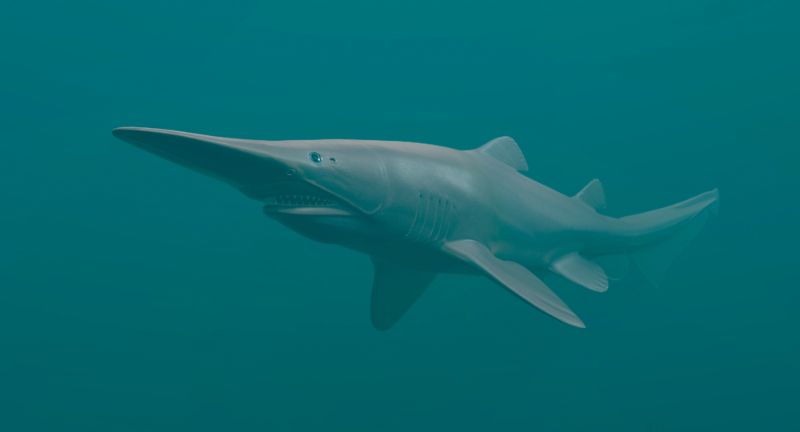
Shutterstock
With its elongated snout and protruding jaws, the goblin shark is a deep-sea dweller that looks like a creature from a nightmare. This rarely seen shark is known for its unique ability to extend its jaw forward to snatch prey. Its pinkish skin and flabby appearance contribute to its eerie appearance, making it one of the strangest creatures of the deep.
Anglerfish
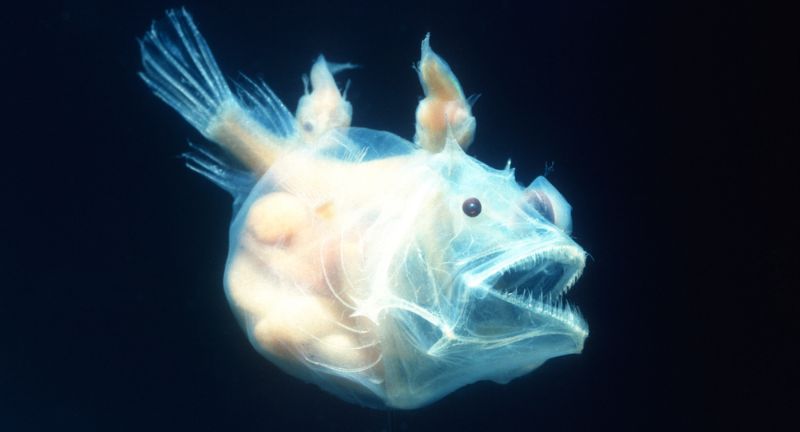
Shutterstock
The anglerfish has a bioluminescent lure hanging from its head, which it uses to attract prey in the dark depths of the ocean. It possesses a hinged jaw that allows it to consume prey larger than itself. Anglerfish are often found in the deep sea, where food is scarce and adaptations like bioluminescence are essential for survival.
Mantis Shrimp
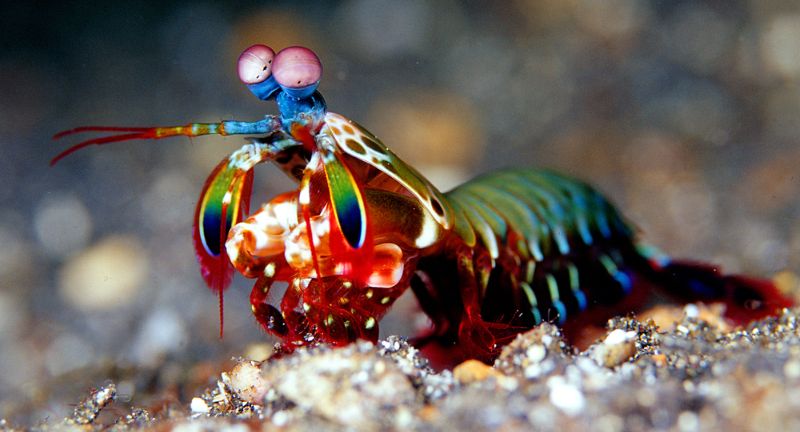
Shutterstock
Despite its small size, the mantis shrimp packs a powerful punch with its club-like appendages, capable of breaking aquarium glass. Mantis shrimp have remarkable eyesight, with some species possessing up to 16 types of photoreceptor cells. They inhabit burrows in the seafloor and are voracious predators, using their powerful claws to catch prey.
Leafy Sea Dragon
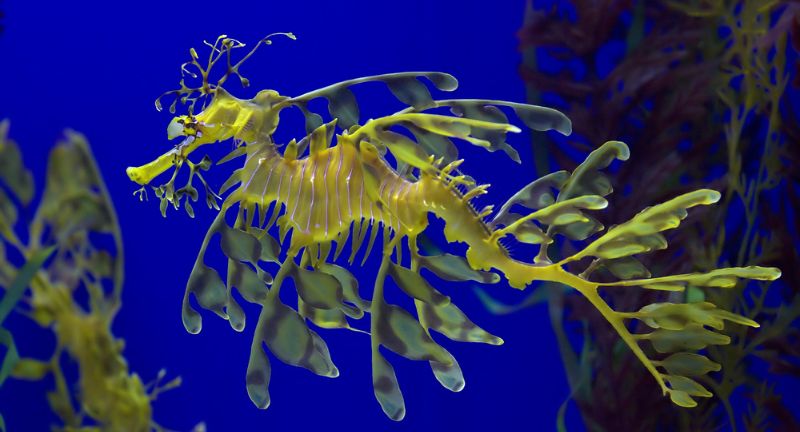
Shutterstock
Resembling a piece of floating seaweed, the leafy sea dragon is a master of camouflage found in the waters off Australia. Despite its flamboyant appearance, the leafy appendages are not used for propulsion; instead, it relies on its small dorsal fin for movement. Leafy sea dragons feed on tiny crustaceans and are vulnerable to habitat destruction.
Nudibranch
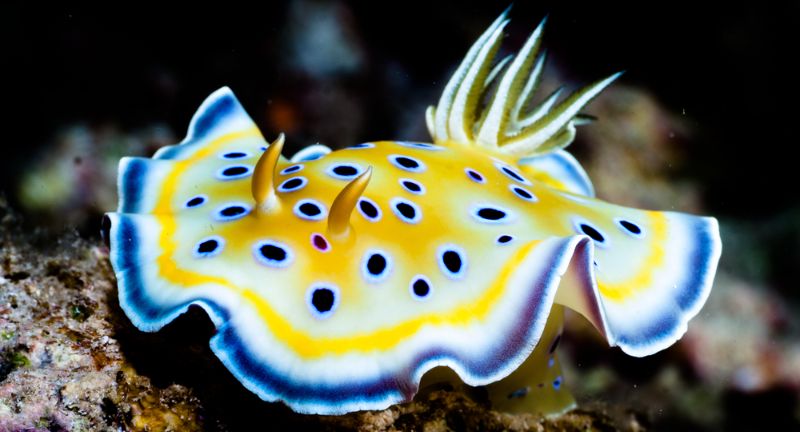
Shutterstock
These colorful sea slugs come in a variety of shapes and sizes, often adorned with intricate patterns and frilly appendages. Nudibranchs are hermaphroditic, meaning they possess both male and female reproductive organs. They are found in oceans worldwide, from shallow reefs to deep-sea trenches, showcasing remarkable adaptability.
Axolotl
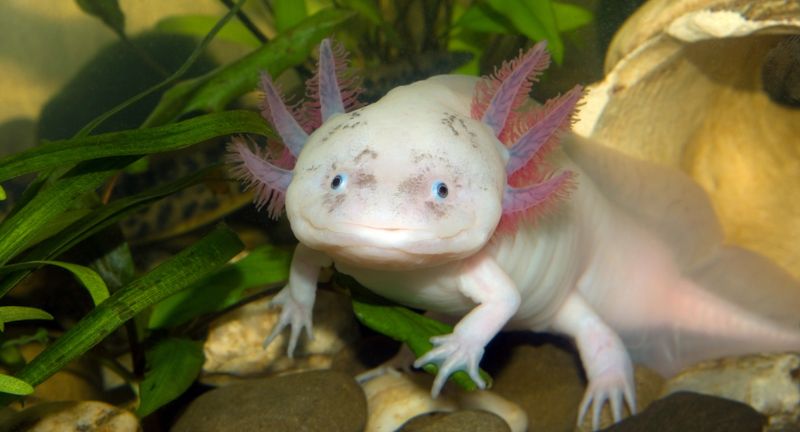
Shutterstock
Although primarily found in freshwater, it’s habitat typically has a saltwater mix. The axolotl is an amphibian that retains its juvenile features throughout its life, including external gills. It has remarkable regenerative abilities, capable of regrowing lost limbs and even parts of its brain and spinal cord. Axolotls are critically endangered in the wild, primarily due to habitat loss and pollution.
Conclusion
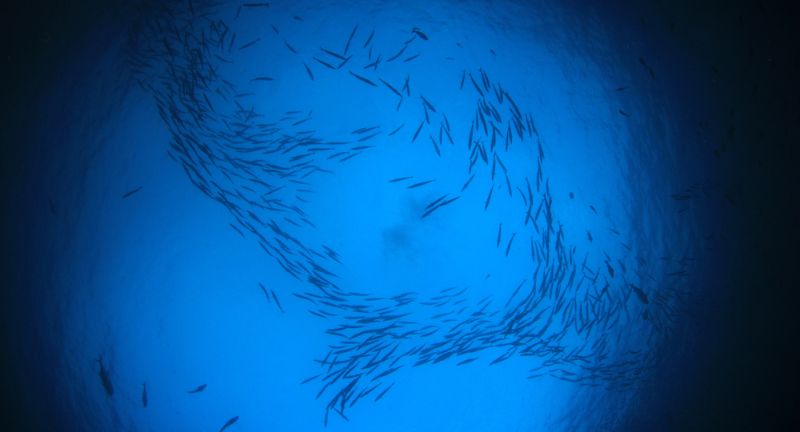
Shutterstock
As our exploration of the ocean’s mysteries comes to an end, we’re left with a deeper appreciation for the marvels that lie beneath the waves. Each strange creature we’ve encountered has provided a glimpse into the complexity and beauty of marine life. Yet, the ocean continues to hold countless secrets, inviting further investigation and discovery. Let us carry the wonder of these underwater wonders with us as we venture back to the surface, forever changed by the enchanting world we’ve glimpsed. Until our next journey into the depths, may the mysteries of the ocean inspire us to protect and preserve this vital ecosystem.
More From Bon Voyaged
-


25 Top Cruise Destinations For Older Adults
-


8 Tips Cruise Travel Agents Leave Out When Helping You
-


30 Beaches So Beautiful You’ll Rethink Your Next Vacation
-


10 Fascinating Facts About The Moon
-


Relatable Wedding Moments We Know Too Well
-


10 Plants That Can Hurt You If You Touch Them
-


9 Craziest Natural Phenomenons From Around The World
-


9 Most Incredible Tunnels Around The Globe
-


Vintage Photos of Hollywood Icons Unlike You’ve Ever Seen Before
-


8 Most Dangerous Beaches In The World
-


14 Famous Historical Landmark Construction Photos
-


Most Popular Coffee Shops In 20 Different Countries

